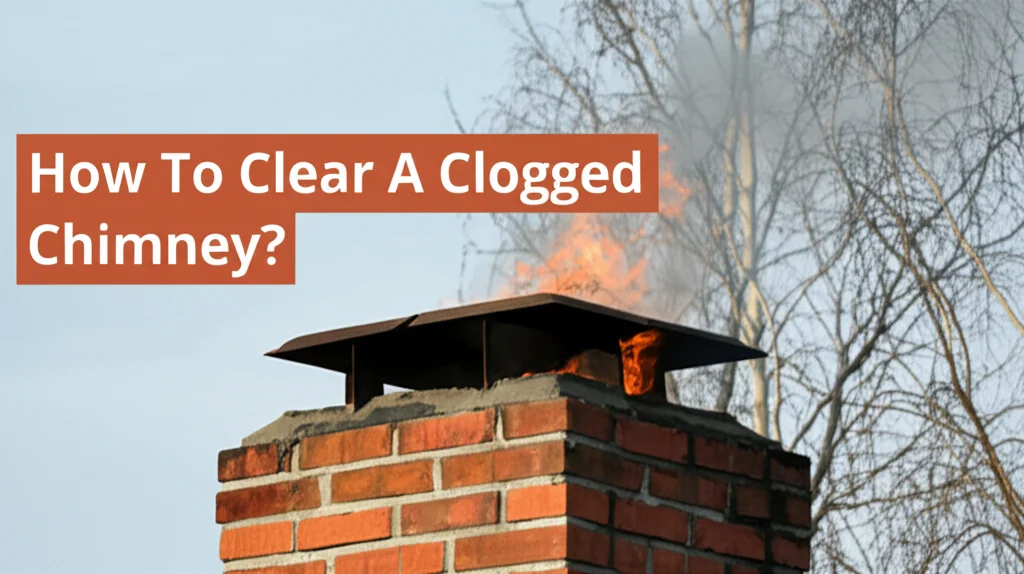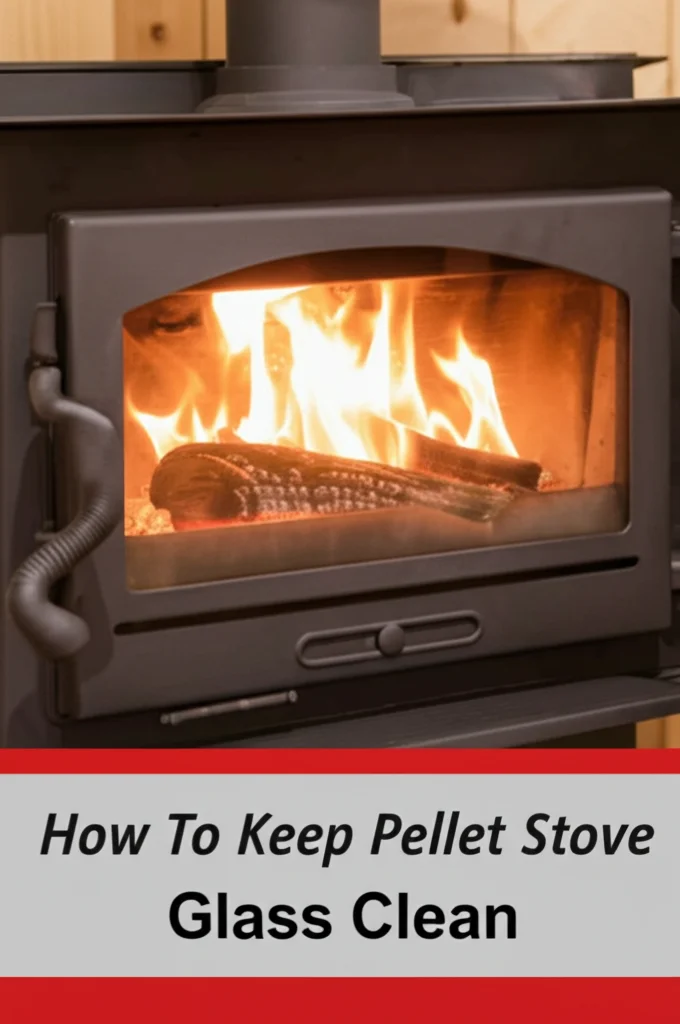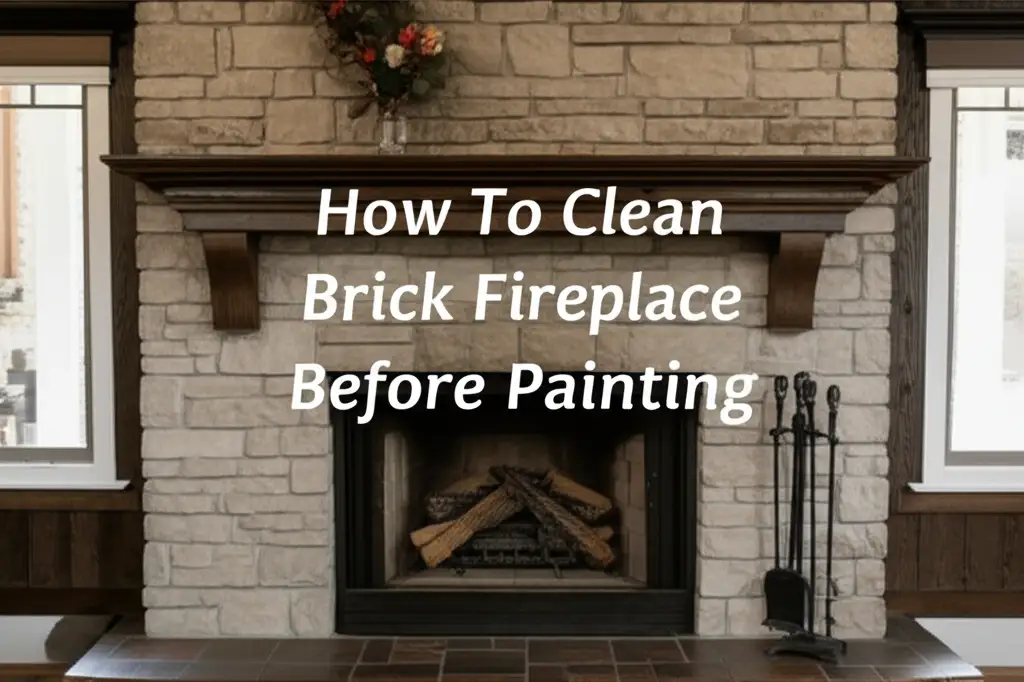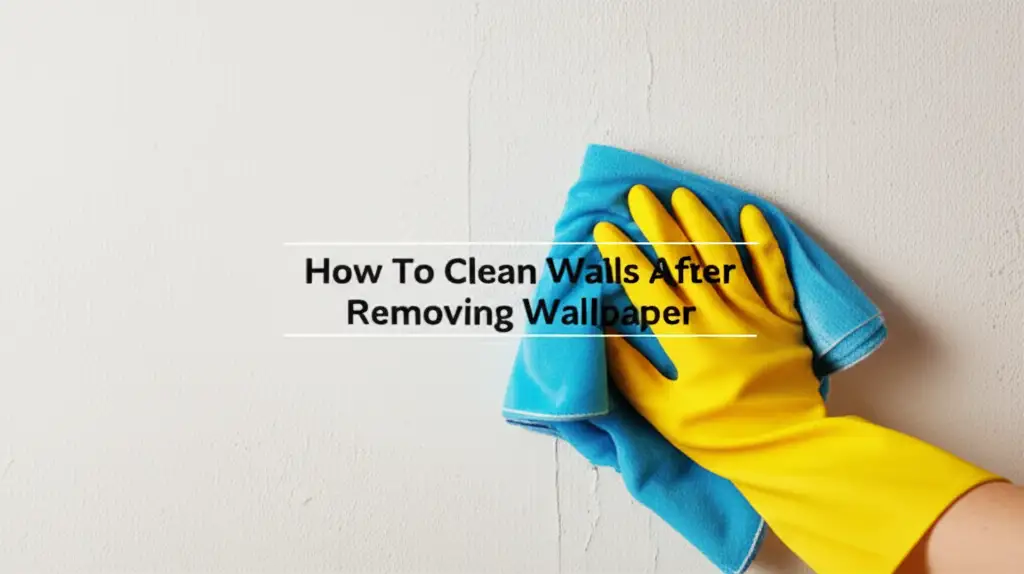· Home Improvement · 7 min read
How To Clear A Clogged Chimney?

How To Clear A Clogged Chimney?
A cozy fireplace is wonderful, but a clogged chimney can quickly turn that warmth into a hazard. Dealing with a blocked chimney isn’t just about restoring a comforting ambiance; it’s about preventing dangerous carbon monoxide buildup and potential house fires. This article will guide you through how to clear a clogged chimney, ensuring your fireplace is safe and efficient. We’ll cover everything from identifying a blockage to the tools you’ll need and the steps to take, so you can enjoy your fireplace with peace of mind.
Here’s a quick answer: A clogged chimney can be cleared by removing debris like leaves, bird nests, and creosote buildup using a chimney brush, extending rods, and a dust sheet. Safety is paramount, so wear protective gear and consider professional help for severe blockages or if you’re uncomfortable with heights.
Key Takeaways:
- Regular chimney inspections are crucial for safety.
- Creosote buildup is a major fire hazard and needs removal.
- Using the right tools and techniques is essential for effective cleaning.
- Professional chimney sweeps offer expertise and thorough cleaning.
Why Is My Chimney Clogged?
Have you noticed smoke backing up into your home when you try to use your fireplace? A clogged chimney is often the culprit. But what exactly causes these blockages? Several factors contribute to a chimney becoming obstructed, and understanding them is the first step toward resolving the issue.
Common causes include debris like leaves, twigs, and branches falling into the chimney, especially during autumn. Bird and animal nests are also frequent offenders, providing shelter but blocking airflow. Perhaps the most dangerous cause is creosote buildup. Creosote is a byproduct of burning wood, and it accumulates on the chimney walls. Over time, this sticky, flammable substance can significantly reduce airflow and create a serious fire hazard. Ignoring these blockages isn’t an option; a clogged chimney can lead to carbon monoxide poisoning and house fires.
Identifying a Chimney Blockage
Before you start tackling the cleaning process, it’s important to confirm you actually have a blockage. Simply noticing less heat output isn’t always a clear sign. There are several telltale signs that indicate a problem with your chimney.
One of the most obvious is smoke backing up into your home when you light a fire. This is a clear indication that the smoke isn’t able to escape properly. You might also notice a strong, unpleasant odor coming from the fireplace, which could be due to creosote or decaying debris. Another sign is difficulty starting a fire, as insufficient airflow can prevent proper combustion. Visually inspecting the chimney opening (from the ground, of course!) can sometimes reveal obvious obstructions like bird nests or leaves. If you suspect a blockage, it’s best to investigate further before attempting to use your fireplace.
Tools You’ll Need to Clear a Clogged Chimney
Gathering the right tools is essential for a safe and effective chimney cleaning. Don’t start without having everything on hand. You’ll need a chimney brush that’s the correct size and shape for your chimney flue. Round brushes are typically used for round flues, while square or rectangular brushes are needed for those shapes.
Beyond the brush, you’ll need flexible chimney rods to extend the brush up the chimney. These rods connect to each other, allowing you to reach the entire length of the flue. A dust sheet is crucial to protect your flooring and furniture from soot and debris. Safety gear is non-negotiable: wear a dust mask, safety glasses, and gloves to protect yourself from harmful particles. A bright flashlight will help you inspect the chimney before and after cleaning. Finally, a chimney inspection mirror can be useful for getting a better view of the flue’s interior.
Step-by-Step Guide to Clearing a Chimney
Now that you have your tools, let’s get to work! Clearing a chimney requires a systematic approach to ensure thorough cleaning and safety. First, prepare the area by laying down a dust sheet to protect your flooring and furniture.
Next, carefully access your chimney, either from the roof or from inside the fireplace. If accessing from the roof, always prioritize safety and use appropriate fall protection. Attach the chimney brush to one flexible rod and carefully insert it into the flue. Push the brush up and down, using a firm, even motion to scrub the chimney walls. Add additional rods as needed to reach the entire length of the flue. Continue scrubbing until you’ve removed all visible creosote and debris. Once you’ve finished scrubbing, carefully remove the brush and rods, and inspect the chimney to ensure it’s clear. You can use a flashlight and chimney inspection mirror to get a better view.
Dealing with Stubborn Creosote Buildup
Sometimes, despite your best efforts, creosote buildup can be particularly stubborn. This is where a little extra effort and the right techniques come into play. If the initial scrubbing doesn’t remove all the creosote, try using a heavier-duty chimney brush or a chemical creosote remover.
Chemical creosote removers are available at most hardware stores and work by softening the creosote, making it easier to brush away. Always follow the manufacturer’s instructions carefully when using these products. For extremely thick or hardened creosote, you may need to repeat the scrubbing process several times. If you’re unable to remove the creosote yourself, it’s best to call a professional chimney sweep. They have specialized tools and expertise to handle even the most challenging creosote buildup. Remember, neglecting stubborn creosote can lead to a chimney fire, so don’t hesitate to seek professional help.
When to Call a Professional Chimney Sweep
While many chimney cleaning tasks can be handled by homeowners, there are situations where calling a professional chimney sweep is the best course of action. If you’re uncomfortable working on your roof or dealing with heights, it’s best to leave the job to a professional.
Similarly, if you suspect a significant blockage, such as a large animal nest, a professional has the tools and experience to remove it safely. If you’ve tried cleaning the chimney yourself but are still experiencing problems, a professional can diagnose the issue and provide a more thorough cleaning. Regular professional chimney inspections are also recommended, even if you don’t suspect any problems. A chimney sweep can identify potential issues before they become serious, ensuring your fireplace remains safe and efficient. They can also assess the overall condition of your chimney and recommend any necessary repairs.
FAQ About Clearing Clogged Chimneys
Q: How often should I clean my chimney? A: It depends on how frequently you use your fireplace. Generally, an annual inspection and cleaning are recommended, but if you burn wood frequently, you may need to clean it more often.
Q: Is creosote always a fire hazard? A: Yes, creosote is highly flammable. Even a small amount can ignite and cause a chimney fire. Regular cleaning is vital to minimize this risk.
Q: Can I use a leaf blower to clean my chimney? A: While tempting, using a leaf blower can force debris further into the chimney and potentially damage the flue liner. It’s best to stick to a chimney brush and rods.
Q: What are the signs of carbon monoxide poisoning? A: Symptoms include headache, dizziness, nausea, and confusion. If you suspect carbon monoxide poisoning, evacuate your home immediately and call emergency services.
Q: How can I prevent chimney blockages? A: Install a chimney cap to prevent debris and animals from entering. Also, burn only seasoned wood to reduce creosote buildup.
Conclusion
Clearing a clogged chimney is a crucial part of fireplace maintenance, ensuring both safety and efficiency. By understanding the causes of blockages, gathering the right tools, and following the steps outlined in this guide, you can tackle this task with confidence. Remember, regular inspections and cleaning are key to preventing dangerous creosote buildup and potential chimney fires. If you’re ever unsure about any aspect of chimney cleaning, don’t hesitate to call a professional chimney sweep. Enjoy the warmth and ambiance of your fireplace, knowing you’ve taken the necessary steps to keep your home safe and cozy!
- chimney cleaning
- clogged chimney
- fireplace maintenance
- chimney sweep
- creosote removal




